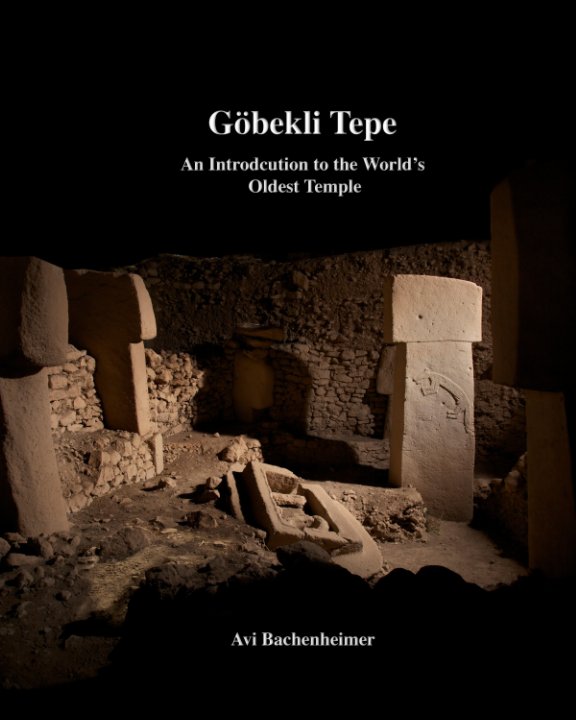Gobekli Tepe; An Introduction to the World's Oldest Temple
de Avi Jacob Bachenheimer
Voici le prix vu par vos clients. Éditer la liste des prix
À propos du livre
In the Neolithic Near East, the Anatolian plain of modern Turkey served as an over reaching land bridge, connecting the three major continents of Europe, Asia and Africa to one another. The larger geographical land mass of modern day Middle East, was surrounded by the five major seas of antiquity. The Mediterranean Sea, the Black Sea, the Persian Gulf, the Red Sea, and the Caspian Sea. The rivers of Tigris and Euphrates ran across the hills, mountain ranges and plains, and volcanic fields provided valuable obsidian rocks, suitable for making sharp, razor-edged stone tools. As the late Klaus Schmidt once put it, the slopes of the Taurus mountains, were a hunter’s dream come true, and a prime piece of paradise. In this region, humans and the environment were brought so close to one another, and plants and animals appeared so abundant, that early hunter gatherers adopted primary storage and conservation methods. The strategies which gave way to the rise of agriculture and domestication of animals in the course of coming millennia. Göbekli Tepe was at the heart of this cultural and economic movement. Here, the Neolithic Revolution was begun.
Caractéristiques et détails
- Catégorie principale: Histoire
-
Format choisi: Portrait standard, 20×25 cm
# de pages: 58 -
ISBN
- Couverture souple: 9781366700940
- Date de publication: déc 03, 2016
- Langue English
- Mots-clés , Neolithic Revolution early hunter gatherers storage and conservation methods strategies rise of agriculture domestication of animals Göbekli Tepe cultural economic movement plants animals humans environment prime piece paradise Taurus mountains stone tools late Klaus Schmidt volcanic fields valuable obsidian rocks mountain ranges Caspian Sea The rivers of Tigris and Euphrates the Red Sea, The Mediterranean Sea, Asia and Africa, the Black Sea, the Persian Gulf
Voir plus


